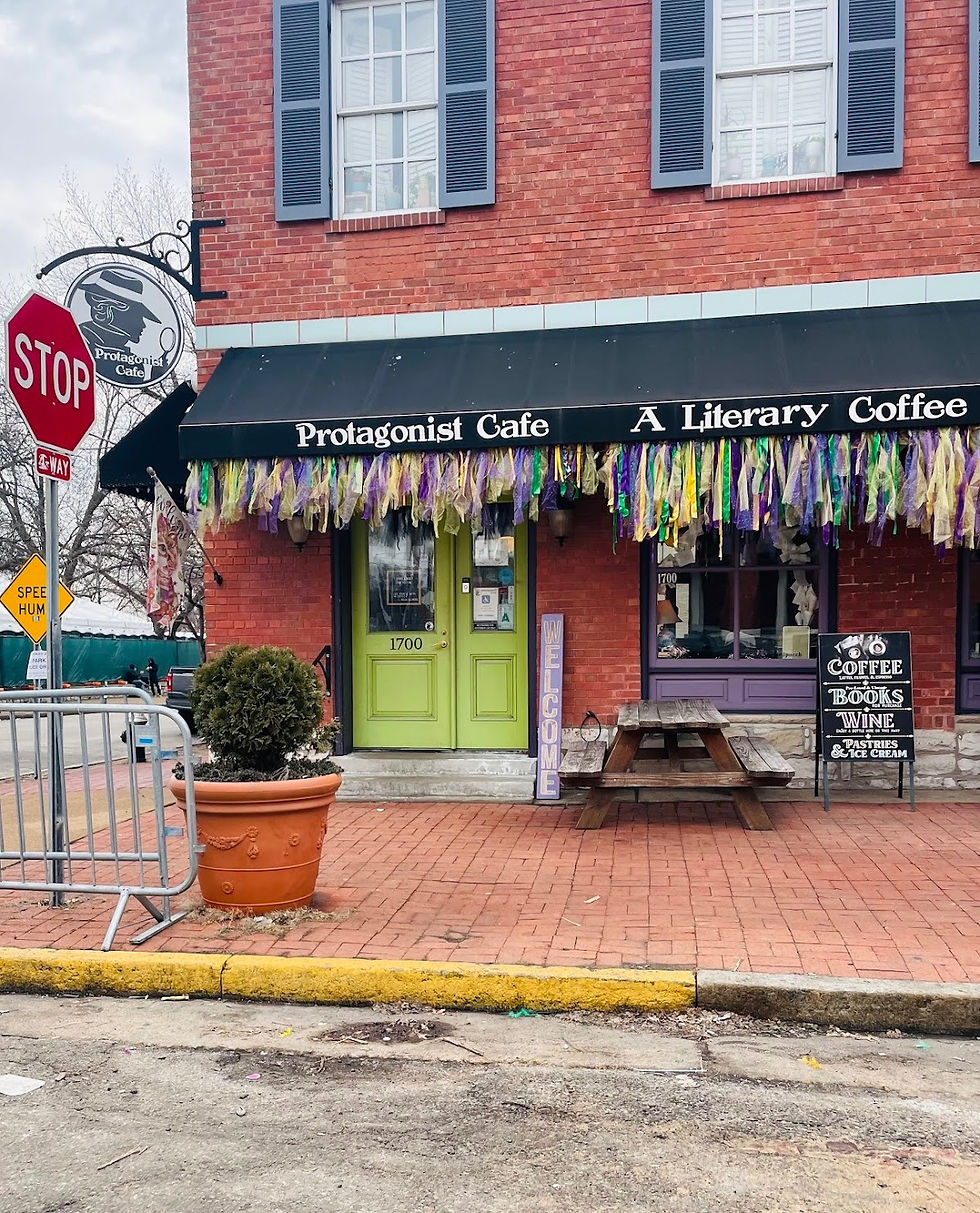A Raconteur of Rackensack: Oak Hills/Wilson's Creek 161 years ago...
- tomwing13
- Aug 8, 2022
- 3 min read

This week, August 10th, marks the 161st anniversary of the SECOND major battle of the American Civil War. Called Oak Hills by the Confederates, and Wilson's Creek by the Union, the engagement set the tone for the rest of 1861 and the four years to follow. Fought in Southwest Missouri near Springfield, the battle, the summary of which can be found here: https://www.nps.gov/wicr/learn/historyculture/index.htm also includes a number of local connections to Van Buren and Fort Smith. John Drennen's stepson, Captain James Stuart served as a captain of a company of men from Crawford County in the 3rd Arkansas Infantry. Stuart's company consisted of 52 soldiers 2 of which were killed in the battle and another 9 wounded. The 3rd Arkansas had it's enlistment end later that Fall and most men in the company joined other Confederate units till the end of the war. Stuart joint the Cherokee Mounted Rifles and served with Cherokee Brigadier General Stand Watie till the end of the war. Stuart is buried in Fairview Cemetery in Van Buren and some of his personal affects are regularly on display at the Historic Arkansas Museum in Little Rock. His image below:

John Drennen's son in law, Charles G. Scott is another connection to the Wilson's Creek battle. Little Rock's Pulaski Artillery Battery, part of the Arkansas Confederate troops brought their cannons to Fort Smith but were relocated to the Crawford County Courthouse lawn to camp before the marching to Missouri. The battery did not have horses to pull their guns. In his post war memoir, Major Woodruff of the Pulaski Battery thanked the citizens of Van Buren for their hospitality and mentioned Charles G. Scott by name for providing horses to haul the cannon.
Finally, Captain Samuel Sturgis, previously post commander at Fort Smith with the 1st Cavalry before the war saw his career rise as a result of the fighting in Southwest Missouri. General Nathaniel Lyon, commander of Union troops at Wilson's Creek was killed in the fighting. Sturgis, who had been promoted to Major for escaping Fort Smith with his command, while facing overwhelming odds as state troops came to occupy Fort Smith from Little Rock. After assuming command at Wilson's Creek, Sturgis was was promoted to brigadier general and commanded part of the defenses around Washington DC. He commanded a division at Second Manasas, South Mountain, Antietam, and Fredericksburg before being transferred to the western theater where he was defeated by Confederate General Nathan Bedford Forrest at Brice's Cross Roads. in 1865 he was promoted to major general and served in the post war army with the reduced rank of colonel. He was George Custer's commanding officer in 1876 at the time of the Battle of the Little Big Horn. Samuel was not present, but his son Jack, a Lieutenant in the 7th Cavalry was killed with Custer. Sturgis and his family are seen in this photograph taken by the famous Mathew Brady.

August 6, 2022, volunteers and staff from the Drennen-Scott Historic Site and the Fort Smith National Historic Site joined other volunteers and staff from Fort Scott and Wilson's Creek to represent Backof's Battalion of Missouri Artillery (Union) at the location of their final position during the battle. 161 years ago, the artillery battery unsuccessfully defended the Wire Road, part of which is seen in this picture below. Franz Sigel, an immigrant from Germany commanded a large number of other Germans for the Union Army. Although trained in Europe and assessing previous military experience, Sigel's Union career was marked with defeats and unfulfilled expectations. At Wilson's Creek, his men in Backof's Battery mistook the Confederate 3rd Louisiana for an Iowa Regiment who incidentally wore gray uniforms. The mistake was costly as the Louisiana troops got close enough to overrun single's position and capture four of the cannons. The black line drawn on this photo is the approximate location for the Wire Road, and during the battle, these Federal guns would have faced the opposite direction as the Rebel advance came from right to left in the photo. For safety purposes we fired into the open fields.

I have an ancestor from Missouri who served in a different artillery battery, and while he was not present at Wilson's Creek, he did serve throughout the war, partially in Arkansas, later discharged in 1865. Participating in events like this and portraying the soldiers of the Civil War helps us to understand the loss, sacrifice and tragedy that the American Civil War caused. It also keeps the conversation alive, discussing the issues of the 19th century and their consequences today. I cherish my times like these, on hallowed ground, with friends who feel the same about their own ancestors. Lest we forget...


Comments